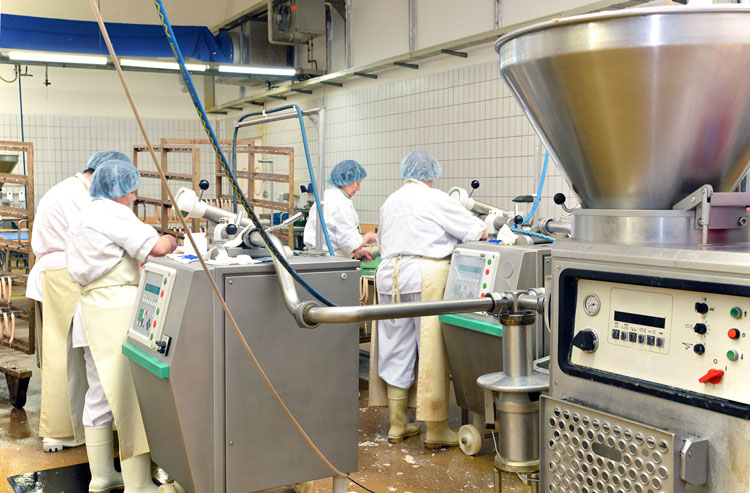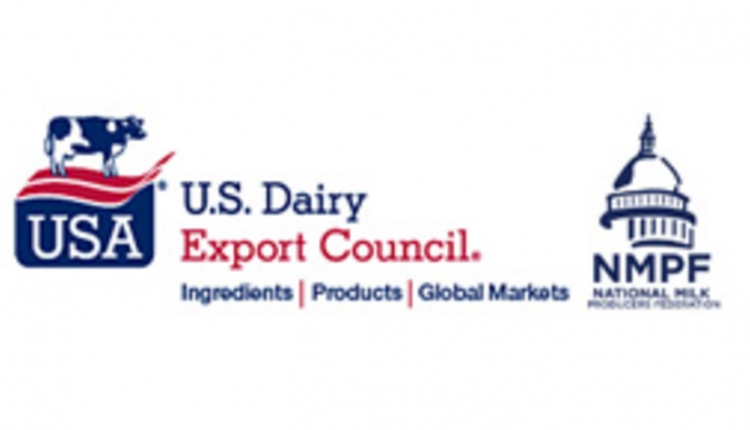
Dairy farmers are being financially squeezed by the COVID-19 vice. Just like being wedged in a vice in a farm shop . . . one jaw bearing down on dairy producers involves dumped milk because of lost sales from shuttered food service venues. The second side squeezing the dairy farm community comes from reduced options to sell and process cull cows due to meatpacking plant closures. Regardless of the reason, both jaws are crushing livelihoods.
There is a sad irony.
For the most part, dairy plants across the country still have the ability to operate at full capacity. On the flip side, despite strong demand for red meat, the meatpacking sector cannot keep enough healthy people working the lines. In some cases, COVID-19 induced quarantines, and the subsequent deep plant cleanings, have resulted in temporary plant closures.
One sector better equipped
Dairy processors have been far better equipped to internally weather the COVID-19 storm. Employee density in those plants is low, and social distancing is easier to put into practice. Body covers along with hair and beard nets provide additional protection. Then there’s the handwashing stations and footbaths located throughout the facilities in which plant personnel must wash hands and footwear before moving from room to room in the plant. All these have been routine practices implemented decades before the novel coronavirus entered our vocabulary.
Meatpacking is a different story.
Animal disassembly often requires staff to stand shoulder to shoulder. It’s nearly impossible to practice social distancing. As a result, the Centers for Disease Control and Prevention have been called in to investigate COVID-19 outbreaks occurring in unusual clusters in previously sleepy areas of Colorado, Iowa, Mississippi, Pennsylvania, South Dakota, and Wisconsin. In all these instances, the disease outbreaks permeated from slaughter plants.
After deep cleaning, these meatpacking plants may reopen . . . but only after adding measures such as monitoring temperature checks of everyone entering plants, installing clear plastic shields between workstations, and even erecting tents to spread out workers during lunchtime. Regrettably, while these practices get implemented, those of us on the farm will suffer from further financial fallout.
For dairy products, that fallout comes from drastically reduced demand from food service.
For red meat sales, that fallout comes from the inability to process all the dairy cattle, beef cattle, and hogs awaiting processing.
As a result, dairy farmers are taking a double hit.








